9. Mermaid (Anna Melikyan, 2007) / Russia
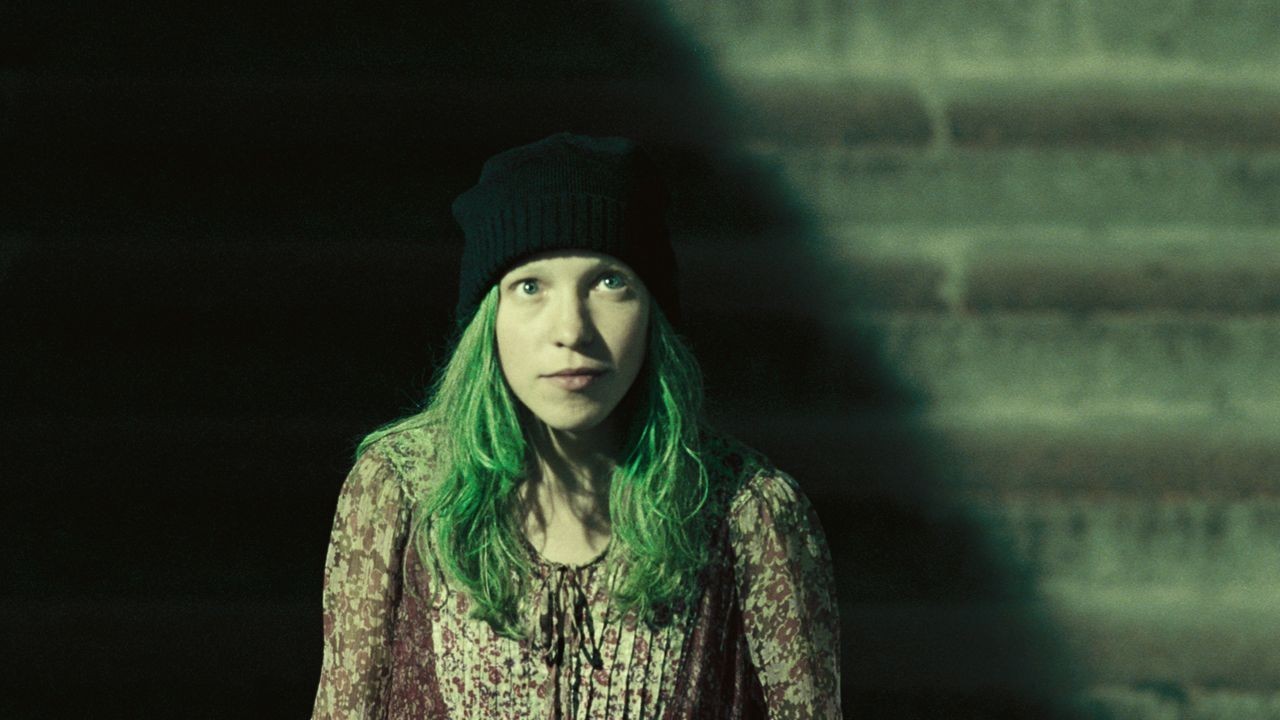
Born from a corpulent, promiscuous mother and a lanky sailor father, Alisa (exquisitely portrayed by Mariya Shalayeva) takes the best out of her not very happy childhood. After a Sun eclipse, she decides not to speak another word and gets transferred to the special school where she perfects her power of making the wishes come true.
At the age of seventeen she causes a natural disaster which renders her family homeless, so she moves to Moscow together with her mother and a loony grandmother (who’s one of the film’s most amusing characters). Working as a promoter, she begins to observe the world from the inside of a foam cell phone and one day, she sets her eye on a self-destructive playboy-fiction-monger…
A deconstruction of the famous Andersen’s fairy tale, “Mermaid (Rusalka)” brings a cute, quirky, bittersweet and slightly twisted coming-of-age tale about an inconspicuous girl, love, fate and “little things” with a corrosive effect on our society.
Peppered with magical realism, this melancholic and darkly humorous dramedy (with the merciless epilogue) is aptly helmed and beautifully shot, especially for the short, yet irresitible sequences of Alisa’s colorful dreams.
10. We Are the Strange (M dot Strange, 2007) / USA
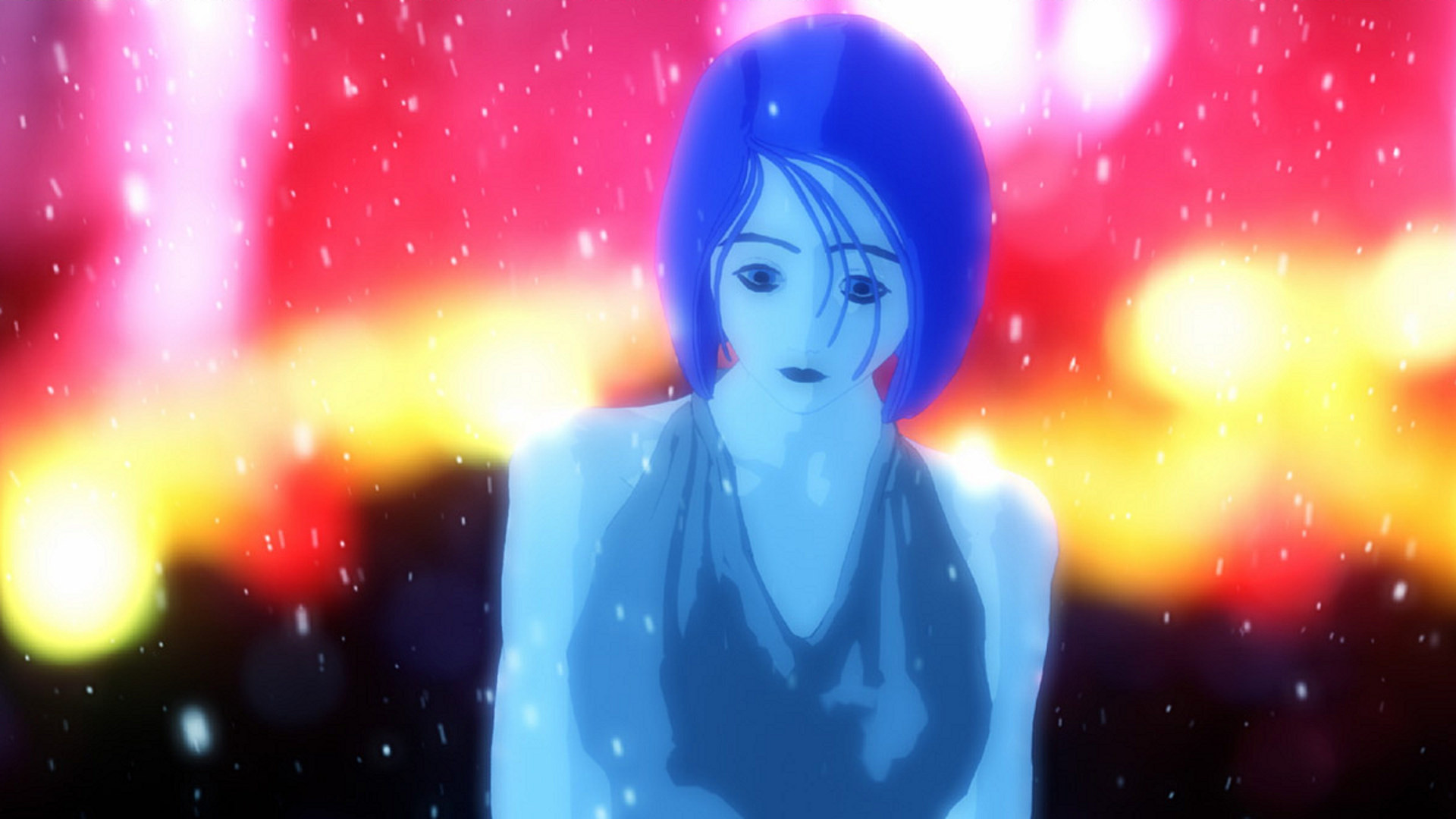
“Yes, rejoice, he will return and strike down evil with a fist made of aluminum foil. Then we will celebrate with many scoops of ice cream in various flavors.”
In the case of the self-taught artist aka “uberector” M dot Strange, first time’s a charm, given that his wicked one-man show debut “We Are the Strange” out-weirds many of the weirdest animated films made prior to and post 2007. Not to mention that it brims with the mind-tripping originality.
A mesmerizing lo-fi or rather, DIY combination of anime, CGI, stop-motion and 8-bit graphics dubbed “str8nime” by the author himself (although there’s hardly anything straight here) is turned into a unique dark fantasy – a psychedelic fairy tale for the eccentric chosen ones.
Simple in its complexity (or complex in its simplicity?), this outré offering takes the struggle of eternally opposed forces to the new levels of absurd, bizarre and wildly imaginative. It is the work of sheer creative madness and it is available on the author’s official YouTube channel.
11. Franklyn (Gerald McMorrow, 2008) / France | UK
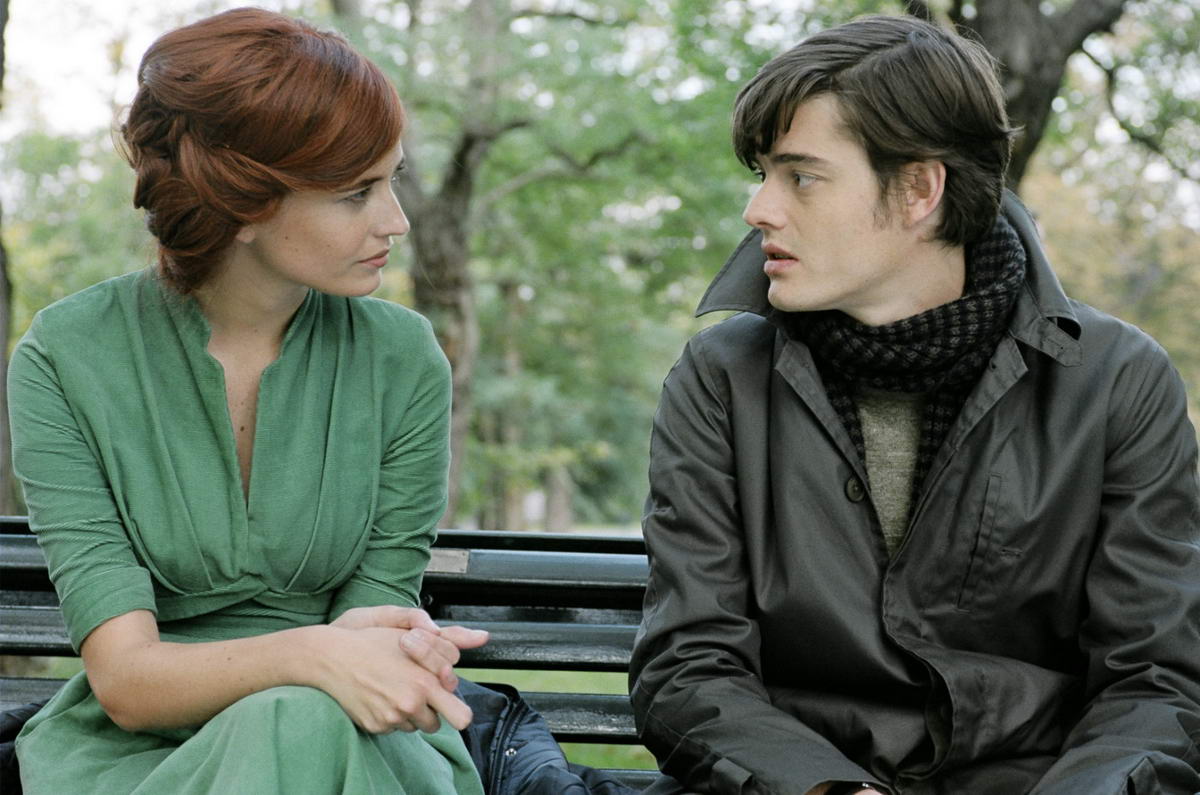
Four lost souls. Through the streets of the gothic-industrial metropolis of Meanwhile City shaken by the religious fever, a renegade detective, Preest, pursues a criminal, the Individual, responsible for the murder of a little girl, Sarah.
In the present-day London, a worn down man, Peter, desperately searches for his missing son David. A brokenhearted youngster, Milo, yearns for the purity of first love, whereby Emilia – an adorable art student – is committed to her suicidal “projects”.
Thoughtfully conceived, flawlessly acted and shot with the greatest care, “Franklyn” emerges from the silent clash of drama, fantasy, mystery and thriller. It could also be categorized as neo-noir built on madness, personal crisis, family misfortune and questioning one’s faith.
For the ambitious Gerald McMorrow, this is the first and, so far, the only feature-length film, yet he handles its puzzling and intriguing premise of split realities quite well, as he achieves an astonishing looks of two colliding worlds on a limited budget. Besides, he has the inimitable Eva Green in dual role.
12. First Squad: The Moment of Truth (Yoshiharu Ashino, Aljosha Klimov & Misha Shprits, 2009) / Russia | Japan | Canada
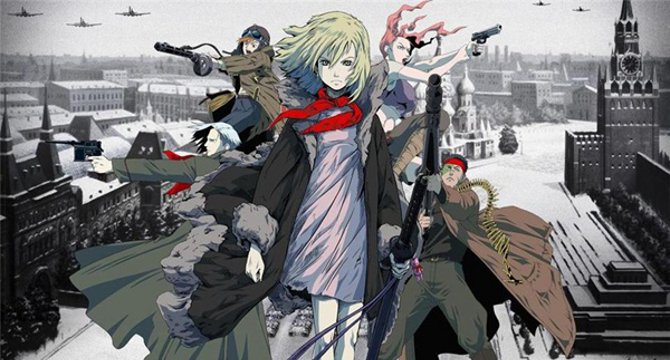
Known for their readiness to experiment (Mind Game) and work on the international projects (The Animatrix, Batman: Gotham Knight), Studio 4°C should be thanked for introducing more artistic anime to the mainstream audience.
In “First Squad”, they cooperate with two Russian artists who – looking up to the Soviet comics, Mamoru Oshii’s anime and Andrey Tarkovsky’s oeuvre – merge drama, action, alternate history and pseudo-documentary into a stylish animation/live-action hybrid.
Taking you back to the year of 1942, the authors add a handful of supernatural salt to the Eastern Front battles. The SS occultists invoke the spirit of Baron Von Wolff, while the Russian 6th division gets the help of a clairvoyant girl, Nadya, and uses a “necro-portal” to resurrect the gifted pioneers.
Via the authentic design of costumes/uniforms, vehicles, documents and architecture (including Lenin’s Mausoleum – a Constructivist masterpiece), the skilled animators create a picturesque realistic setting for Shprits & Klimov’s odd heroic fantasy. Even the fictitious machinery dubbed “Sputnik 01” is illustrated in a way which reflects the WWII period.
Altogether, quite an exotic experience.
13. Bunraku (Guy Moshe, 2010) / USA
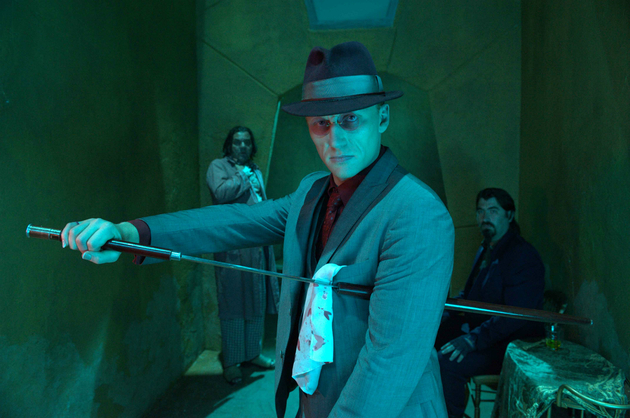
Titled after a traditional Japanese puppet theatre (not without a reason!) and primarily inspired by the works of Seijun Suzuki, Guy Moshe’s bizarrely sweet, über-theatrical feature debut melds its many influences – from western flicks to Russian propaganda posters – into a pulp action fantasy of the coolest kind.
Starring Josh Hartnett as a gunless cowboy-stranger, J-pop star Gackt as an androgynous swordless samurai and, most importantly, the burly Ron Pearlman (who looks like a cross between a Cossack, hermit and retired nu metal band frontman!) as the lumberjack antagonist Nicola, it has an unusual cast who work well together. (And not to mention Woody Harrelson as a witty, enigmatic bartender who makes pop-up books in his spare time.)
In this experimental, aesthetically whimsical charade of a movie which by no means takes itself too seriously, the ambitious air-monger Moshe creates a whole new imaginative world of soft lighting, powerful colors and jazzy soundscapes. Yes, it does have a very simple story of bad guys vs. good guys, but who cares when its style is so delicious.
14. The Hunter (Rafi Pitts, 2010) / Iran | Germany

Starring the author Rafi Pits in a leading role, a moody art drama/thriller “The Hunter (Shekarchi)” is a political allegory of modern Iran, as well as of the other countries where the individual is the victim of a Kafkaesque bureaucracy.
The film takes the viewer to the urban jungle of Tehran and later, into the depths of a near forest (in both cases, a dehumanizing environment) and chronicles the rebellion of an embittered husband and father against the oppressive society.
The poker face of the silent and reserved ex-convict protagonist Ali conceals anger, contempt and discontent which are all manifested in an act of vengeance caused by the death of his daughter and wife in a crossfire between the insurgents and police.
Doubt, paranoia, alienation, ostensible apathy and moral ambivalence pervade the minimalist and fragmentary narrative, as radio-broadcasted false promises and empty speeches of the pre-election campaign accompany the shots of cold and bleak beauty.
15. The King of Pigs (Sang-ho Yeon, 2011) / South Korea
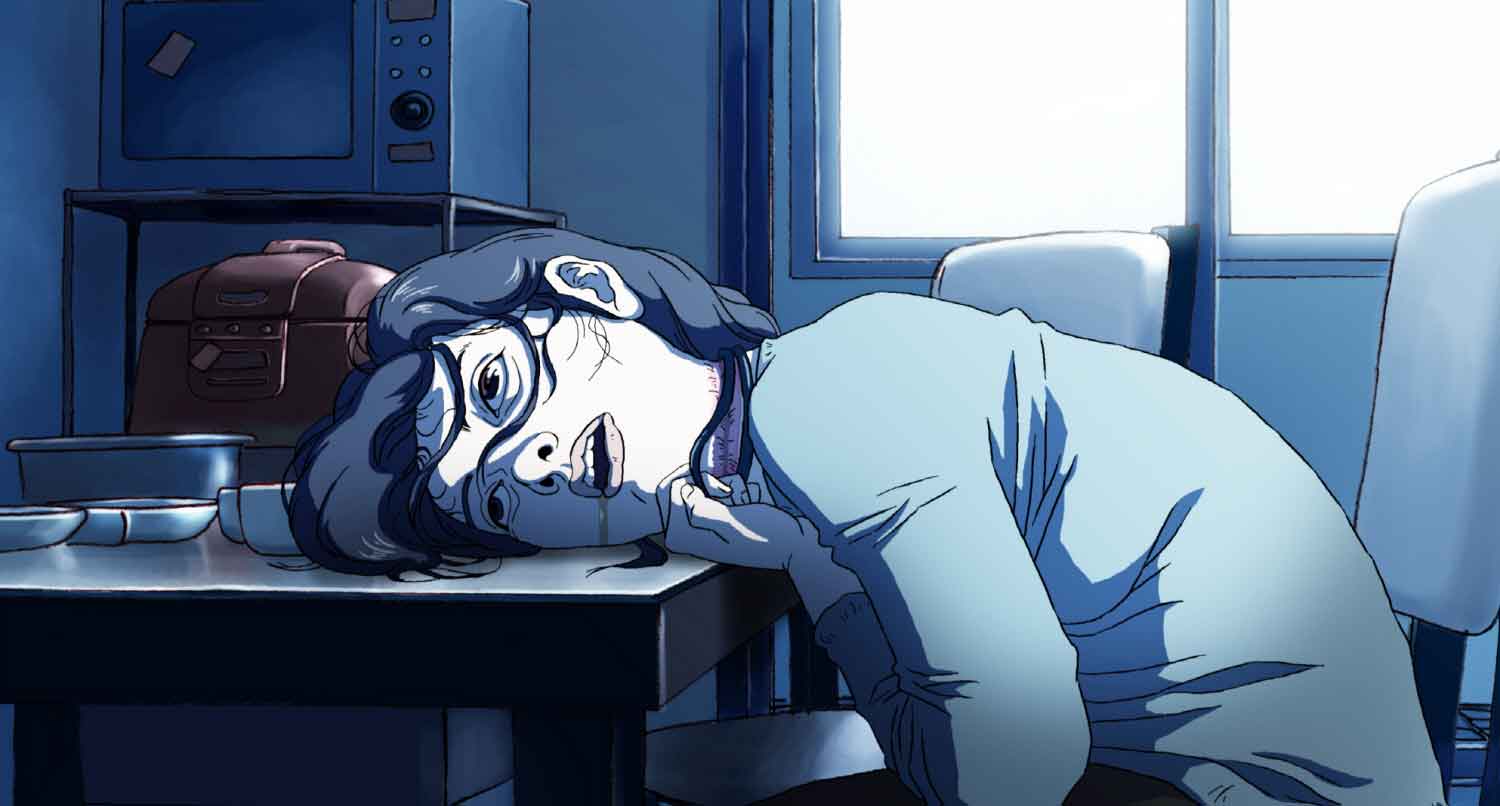
The feature debut for Sang-ho Yeon (who recently got into spotlight with his first live-action offering “Train to Busan”) belongs to the group of animated films which defy the opinion that “all cartoons are for kids”. Its story of bullying and the consequences thereof contains the sharp critique of a deranged society in which the elite can do whatever they want and go unpunished.
As the protagonists recall their high-school days of maltreatment and adults’ indifference, we are introduced to a devastating classroom microcosm in which pampered “dogs” feed on useless “pigs” – a cruel, yet fitting metaphor.
And the titular king is an early matured, morally ambivalent delinquent boy, Chul Kim, who is the only one with enough courage to oppose the “canine terror” and whose character serves Yeon in illustrating the theme of human evil.
The bitter memories are pervaded by mystery and nightmarish visions, whereby a dark and intense drama strikes the right cord by virtue of excellent voice-acting, muted color palette and grotesquely realistic design which oft-reflects the characters’ inner ugliness.
16. Livid (Alexandre Bustillo & Julien Maury, 2011) / France
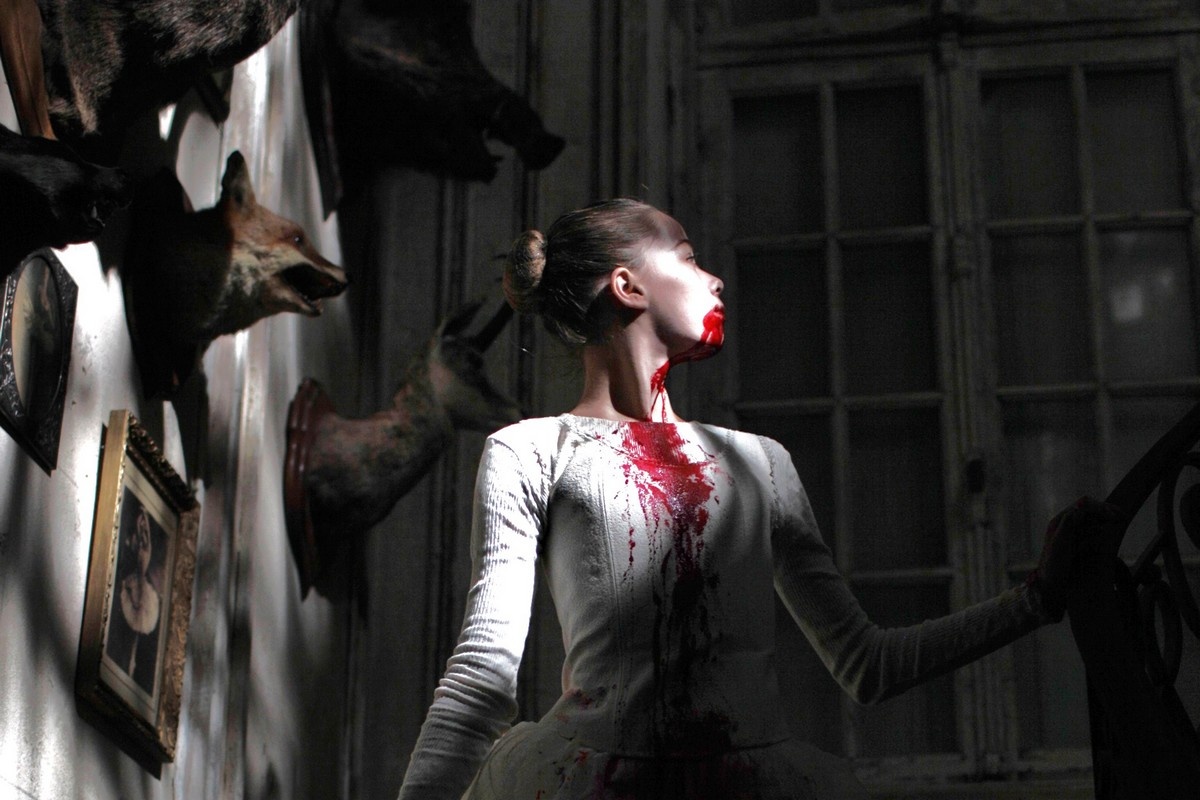
“Livid (Livide)” is a modern “horror fairy tale” of eerie, tense and gothic atmosphere through which the creatively unconstrained directorial duo pays homage to the stylishly ingenious “Suspiria”. One can also go as far as to call it a spiritual successor to “Inferno”, given that Argento finished his trilogy with “The Mother of Tears” abomination.
Many critics find the narrative too irrational, yet the uncompromising reliance on the nightmare logic and the culmination of what-the-fucks in the third act are the very flavor of “Livid”. From a decapitated, semi-rotten head on the beach, through the cute heroine’s heterochromia, the tea party of taxidermy-animal-headed dolls, and all the way to a partially mechanized (?!) vampire ballerina, Bustillo & Maury ask plenty of questions, but give little to no answers.
However, they widely open the door to a deliriously mesmerizing world and invite you to explore it freely. Their helming is as precise as the murky waters they sail through allow, whereby Laurent Barès’s cinematography, accompanied by a disturbing dialogue of violin and piano, looks pretty classy.
17. Night (Leonardo Brzezicki, 2013) / Argentina

Sacrificing the story and the characters, Leonardo Brzezicki wins your attention with the technical competence and gloomy, sultry mood of his feature-length debut. He takes you to a middle-of-nowhere estate and places you in the position of a silent observer at a (kind of) memorial which seems like a heavy dream drenched in melancholy.
The deceased one is a sound recordist, Miguel, whose six friends “leaf through” his lo-fi audio-diaries which blur the line separating the past from the present. Consumed with grief, these twenty-something-year-olds seem like they’re unable to cope with the loss. As if abandoned from the rest of the world, they wallow in ennui, hopelessly trying to move on.
Their lethargic mourning “waltz” brings to mind the works of Bartas, Sokurov and Reygadas, occasionally even Lynch, yet “Night (Noche)” is by no means derivative. From a symbiosis of the dreamy imagery and cacophonous ambient noise emerges a poetic, seductive and secretive drama.